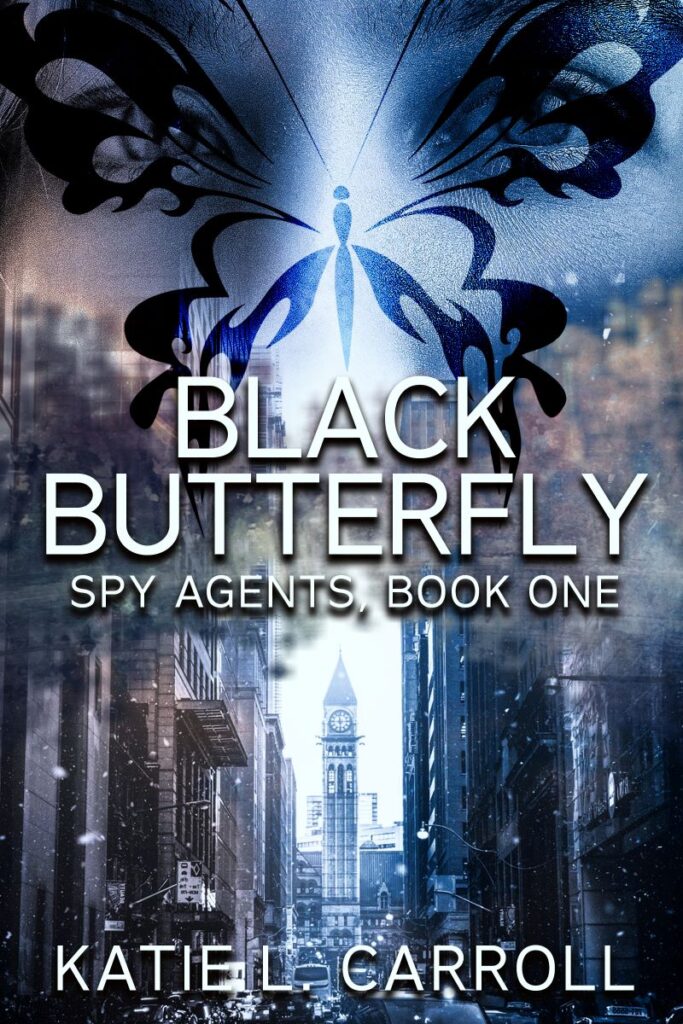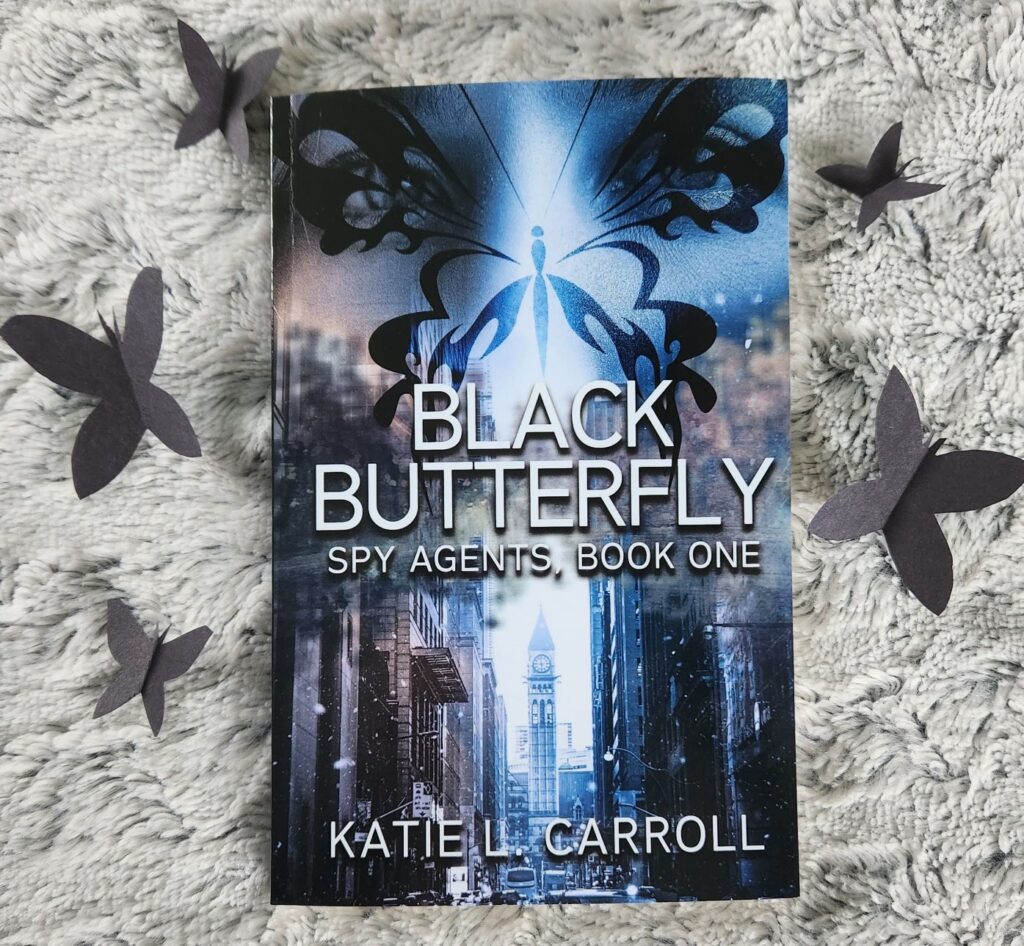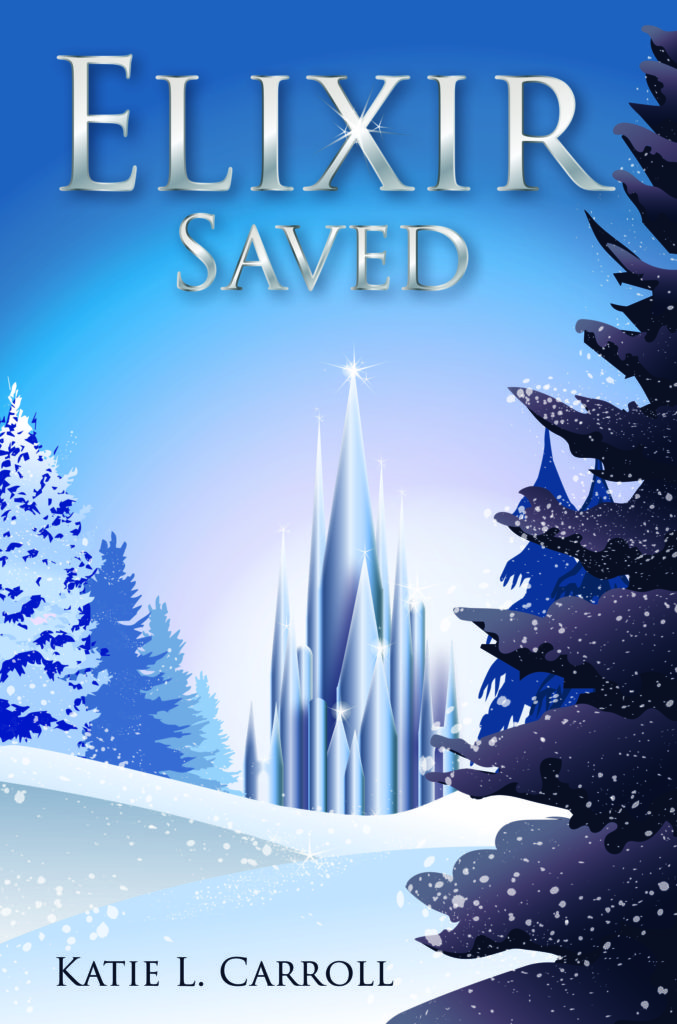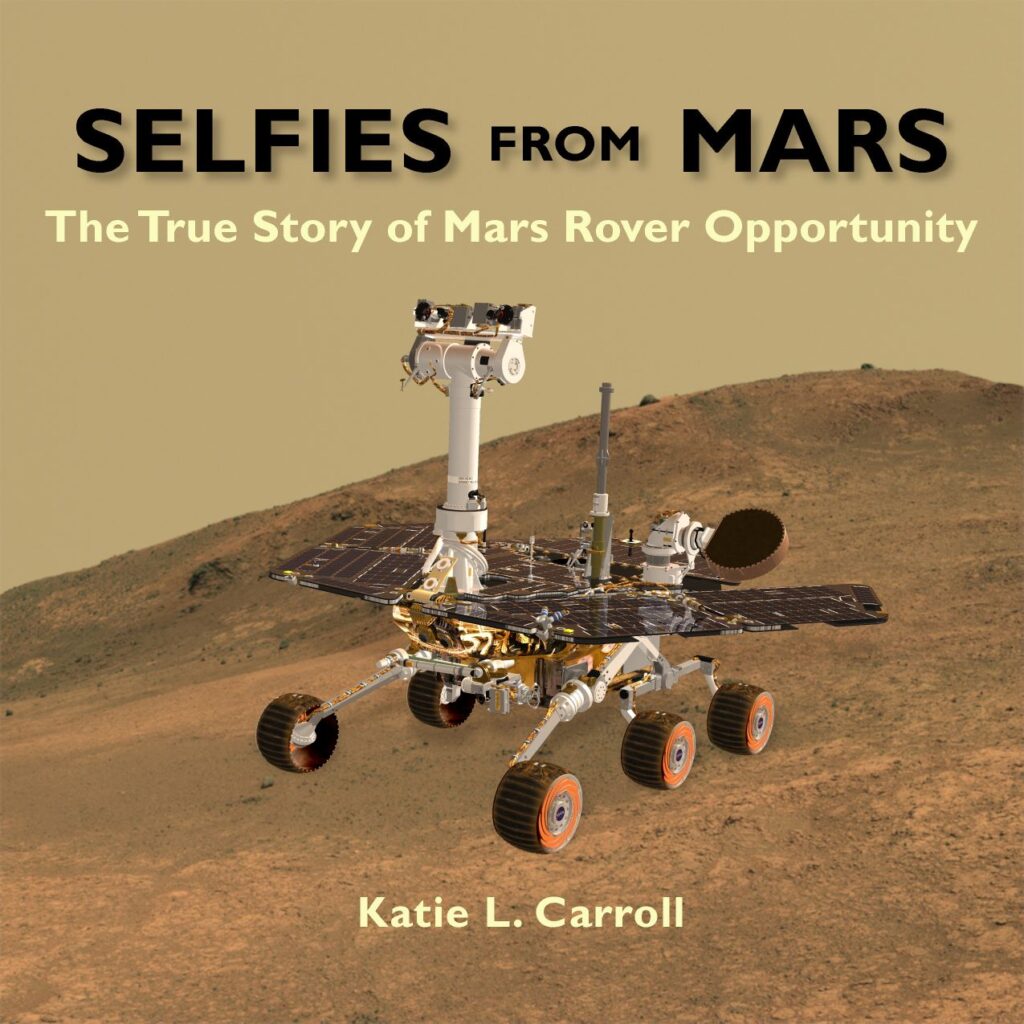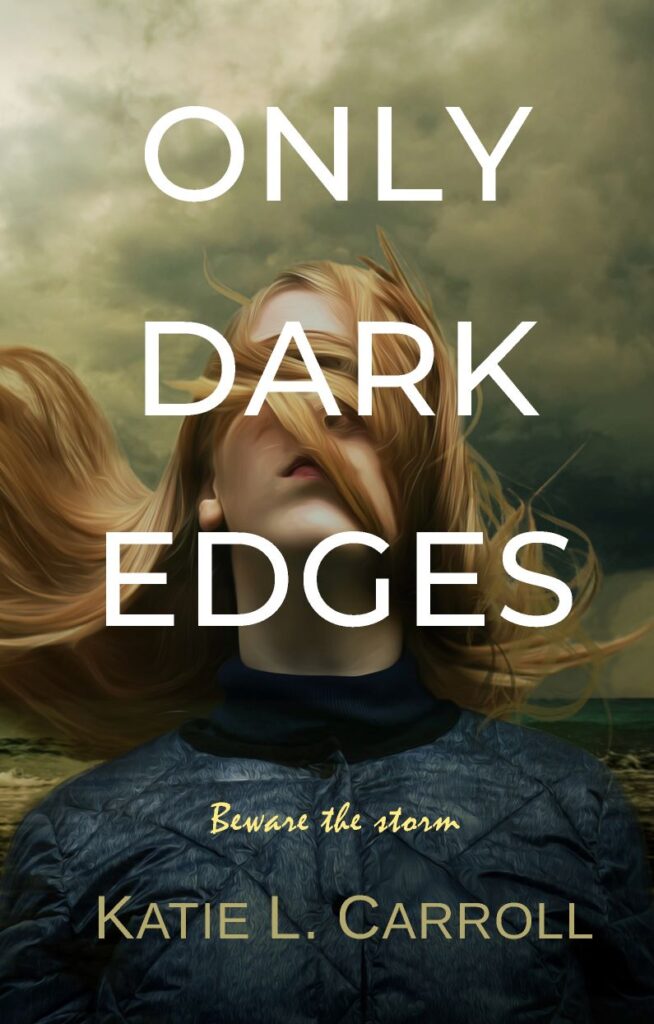Surprise! My YA thriller BLACK BUTTERFLY, book one in the Spy Agents series, comes out May 21 and is available for pre-order on Amazon, Barnes & Noble, and Bookshop.org.
Check out this gorgeous cover by BetiBup33 Design Studio. This was my first time using a premade cover for a book, and I’m really pleased with the result. The designer was open to the small customization of adding in the butterfly mask over the face. It’s the same butterfly image that is part of the chapter headers inside the book.
Sometimes, you see an image and know it’s got the right vibe for the book, and that’s what happened here.
It may seem sudden that BLACK BUTTERFLY releases in less than a month because I haven’t really talked about it much, but this book was a long time coming. I started writing it back in 2014 (nope, not a typo…it’s really been 10 years!). Originally, I sought to have it traditionally published. There was quite a bit of interest from agents and a few editors, and it won a couple of contests. In the end though, it earned over 230 rejections (again, not a typo!) and never landed an agent or a publishing contract.
I shelved it for awhile, but I never gave up on it. Even though it’s quite dark with a terrorist attacks, violence, and torture, it was oddly fun to write. The main character, who has many aliases (we’ll stick with calling her Black Butterfly to avoid any spoilers), is an amnesiac and finds out she’s a government spy. She also discovers that she might not the hero of the story but the villain!
The story is told in 1st-person present tense, which is a very close point-of-view to work in. It was a really interesting writing challenge to make her an unreliable narrator, but (hopefully) the reader doesn’t end up feeling cheated by her keeping secrets. Anyway, the story and the character kept sticking around in my head, refusing to be ignored.
Fast forward to last year, and I started getting serious about writing a sequel with the thought that maybe I’d self-publish the series. Despite the many, many rejections of the first book, I have always believed in it. Coming across the cover image that fit the story so perfectly, I knew that I had to make BLACK BUTTERFLY a real book…not just a manuscript wallowing away on my computer.
I got the proof copy of the book the other day, and it’s so exciting that BLACK BUTTERFLY is going to finally be available to readers! Here’s a little about the book:
Is she the hero or the villain?
Black Butterfly wakes to a country devastated by terrorist attacks, supposedly at the hands of the Chinese government. She remembers nothing of her personal life—not even her name. All she knows is that she was in New York City on the day of the attacks. Though, she soon discovers she has an unsettling repertoire of violent talents.
Elijah and his found family of off-gridders from upstate New York take in Black Butterfly and mend her wounds. With nowhere else to go, she joins them as they head to a rally in Washington D.C. The eclectic group begins to feel like the family she can’t remember—or never had.
An encounter with Luca, a spy for a shadowy government agency, confirms Black Butterfly’s worst suspicions about who she was in the life she can’t remember. As more memories surface, Black Butterfly heads to the agency’s headquarters to find out who’s behind the terrorist attacks. It’s unclear whether she intends to reveal the truth or go back to her villainous way. And it’s more than her life she’s putting at risk.
Pre-order the paperback Amazon, Barnes & Noble, and Bookshop.org. The ebook is up for pre-order on Amazon and will be available on Kindle Unlimited.
